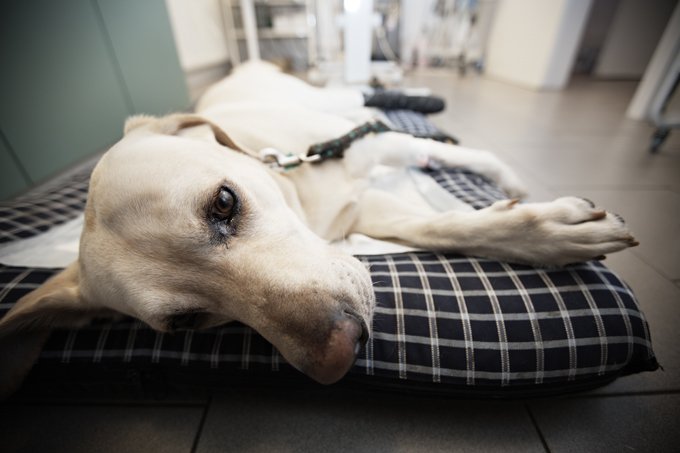This article is brought to you courtesy of the National Canine Cancer Foundation.
See more articles on canine cancer.
Donate to the Champ Fund and help cure canine cancer.
Description
Lymphoid leukemia results from an overabundance of neoplastic white blood cells (lymphocytes) into the peripheral blood. These lymphocytes generally develop from the bone marrow but sometimes they develop in the spleen as well.…









